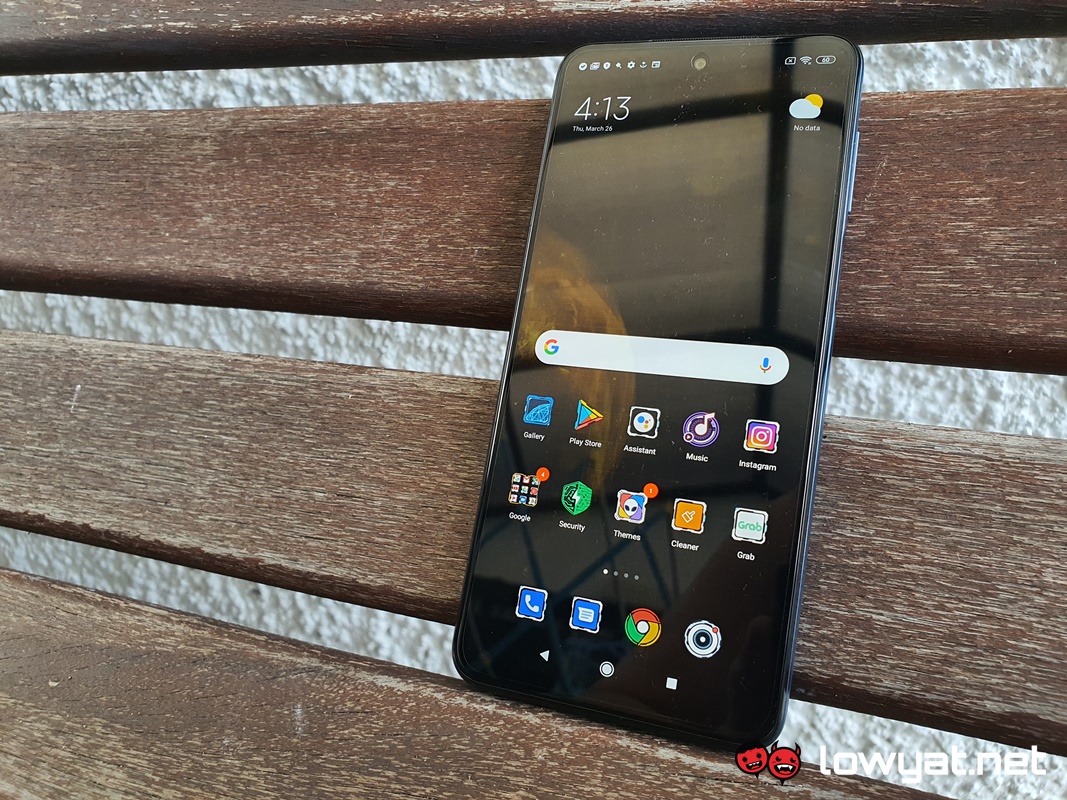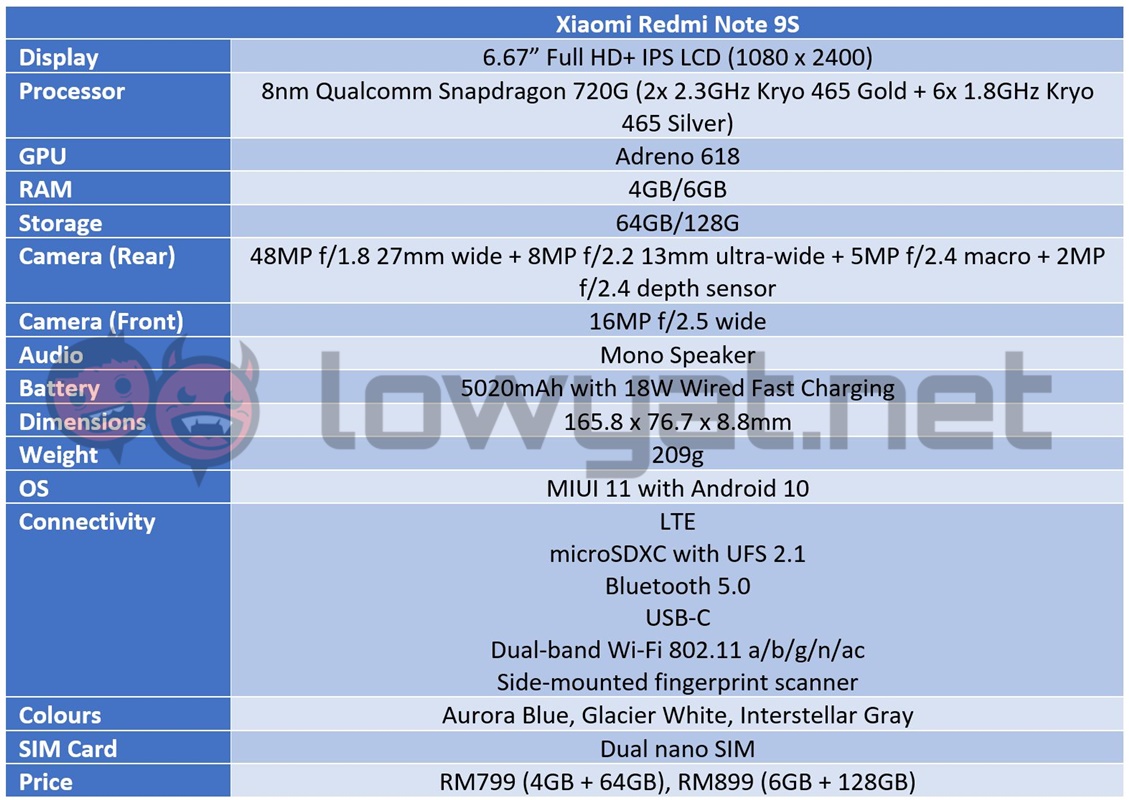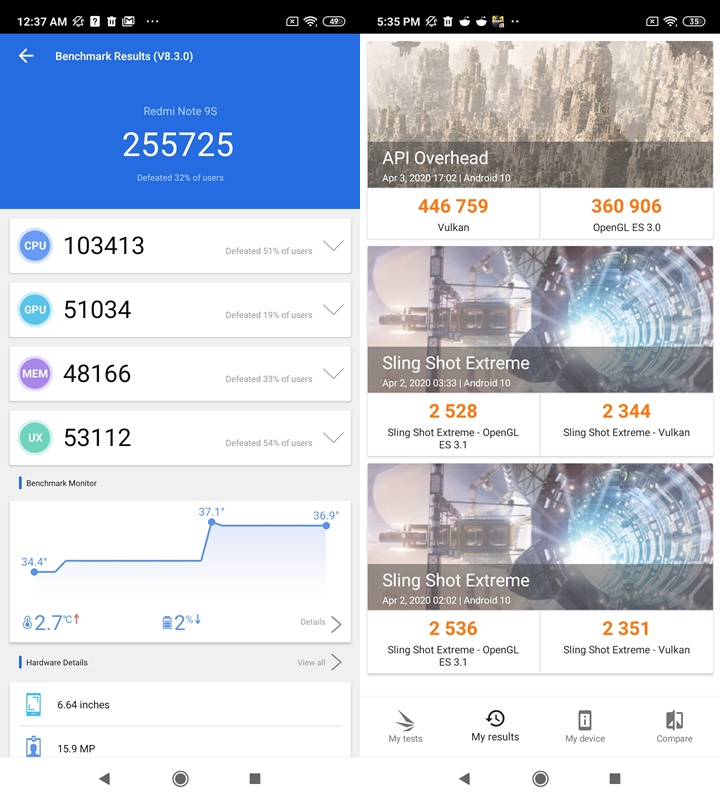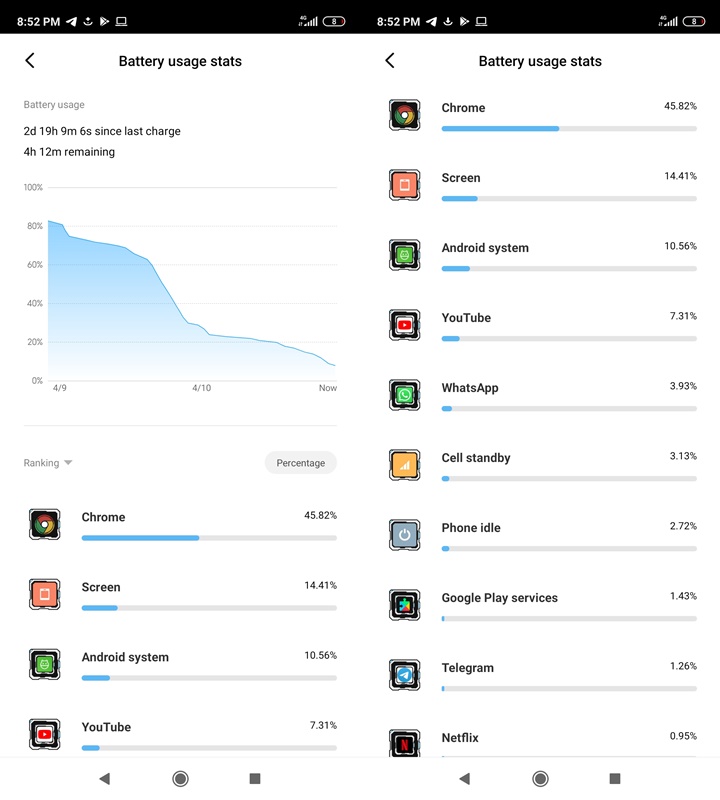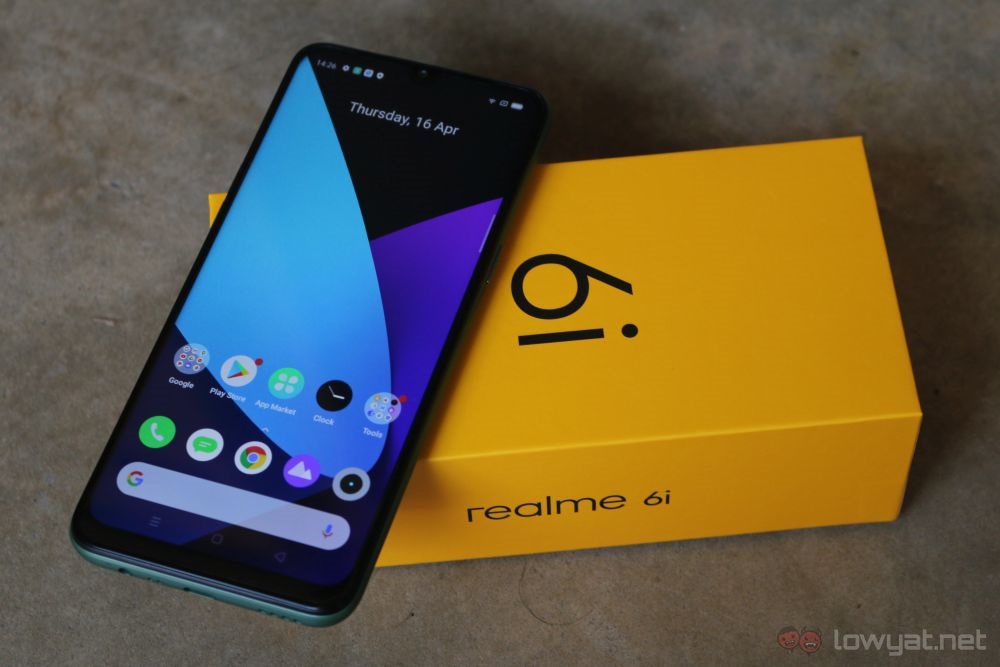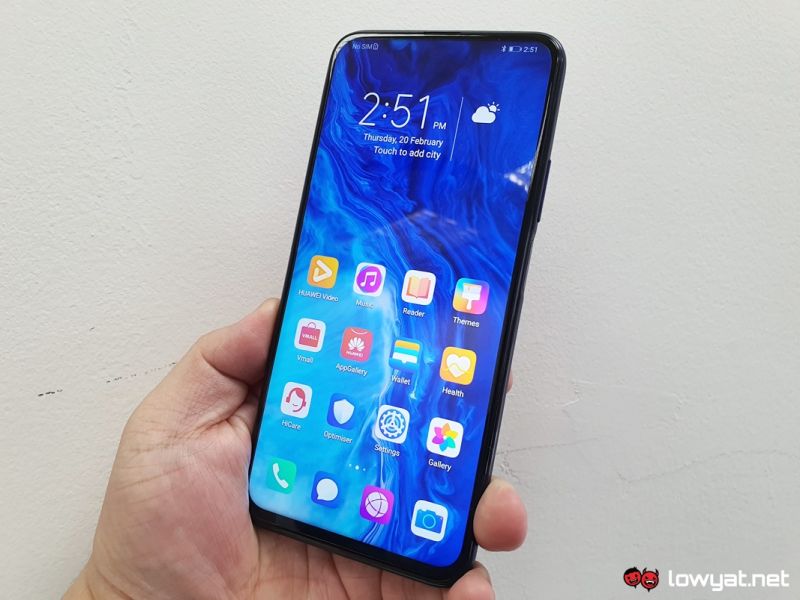When Xiaomi first came on to the scene several years ago, it made its bones as being one of the few brands to sell smartphones with top-end hardware at obscenely low prices. Fast forward till today, and the Chinese brand is still sort of continuing the trend, but through the Redmi sub-brand.
On that note, the Redmi Note 9S was recently made available in Malaysia, and I’ve had the pleasure of spending some time with the phone and to see if this mid-range entry is worth all the hullabaloo.
Specifications
Design
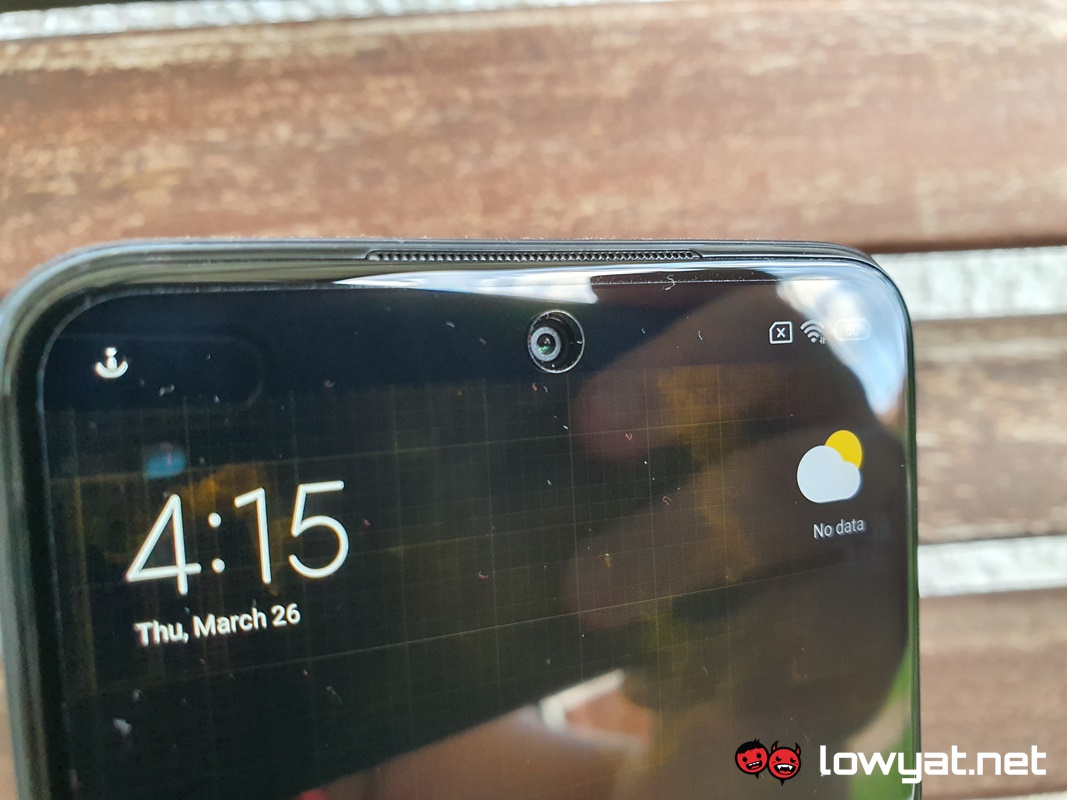
As I mentioned earlier, the Redmi sub-brand has been Xiaomi’s point of delivery for smartphones tailored to the mid-range market segment. On paper, the Note 9S definitely ticks all the right boxes when it comes to the subject of mid-range smartphones.
The phone shows off a solid build quality and feels that way too. Around the front, the 6.67-inch Full HD+ Gorilla Glass display is clear, sharp and definitely not lacking in the details department. Like most Xiaomi devices, it even comes with a simple plastic screen protector pre-applied, at least until you replace it with a more durable protective layer.
The side-mounted fingerprint scanner makes a comeback.
One of the features I find most appealing about the Redmi Note 9S is its side-mounted power button that also doubles as a fingerprint scanner. It’s a security feature that has slowly been losing ground. Brought about, by no fault of its own, the gradual adoption of in-display fingerprint scanners.
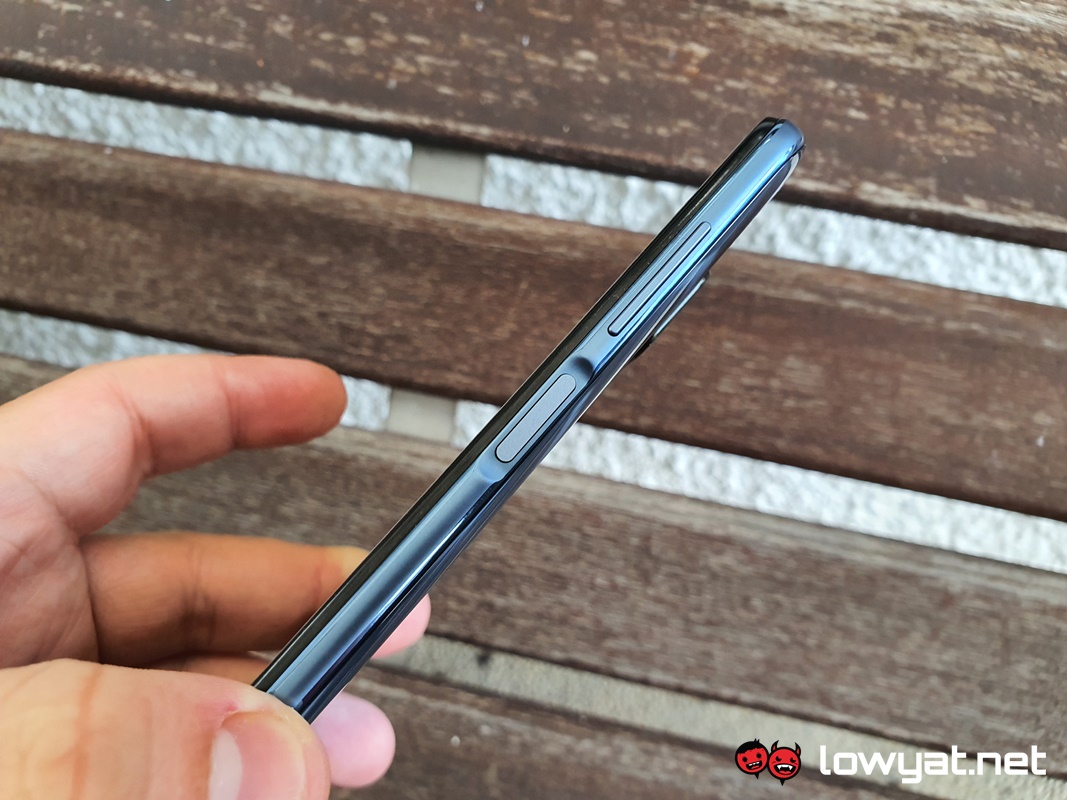
If anything, I prefer a side-mounted fingerprint scanner over a rear-mounted one; it’s considerably more efficient and I find myself spending less time trying to unlock it.
The back of the phone is a highly polished fingerprint magnet.
Turn the Redmi Note 9S around, and you’ll find that the phone draws your attention for two reasons, the first being its back; it feels as though Xiaomi purposedly polished it down to a mirror’s sheen, thus making it extremely reflective.
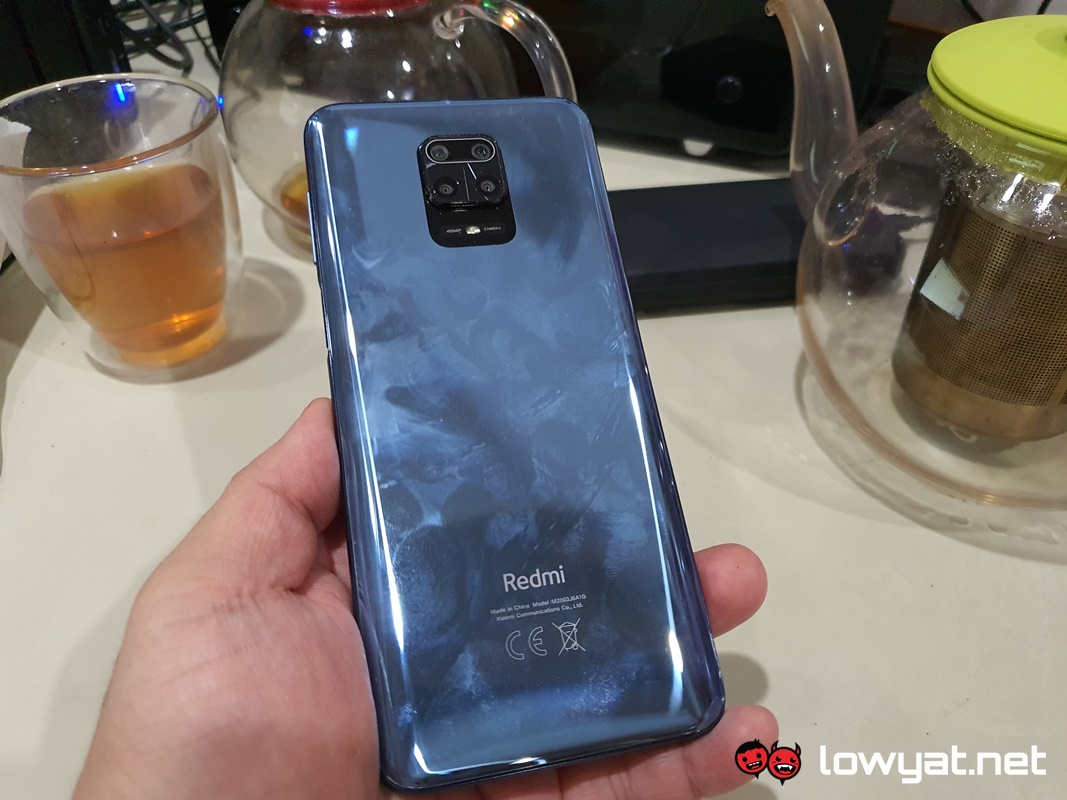
It’s so reflective, in fact, that I find myself using it as an impromptu mirror just to check and see if my face has any sort of blemishes. Alas, as I explain in my initial hands-on with the Redmi Note 9S, having such a glossy surface comes with a price and that price is the curse of being a fingerprint magnet.
The second attraction of the Redmi Note 9S’ back is its main quad-camera module. I’ll talk in more detail about its performance later, as what I wish to address is the shape of the camera module and how its housing sticks out like a sore thumb. I’m repeating myself here, but it’s an old design I’m not particularly fond of. Considering most smartphone brands these days strive to make flesh out the camera housing on their phones.
User Experience
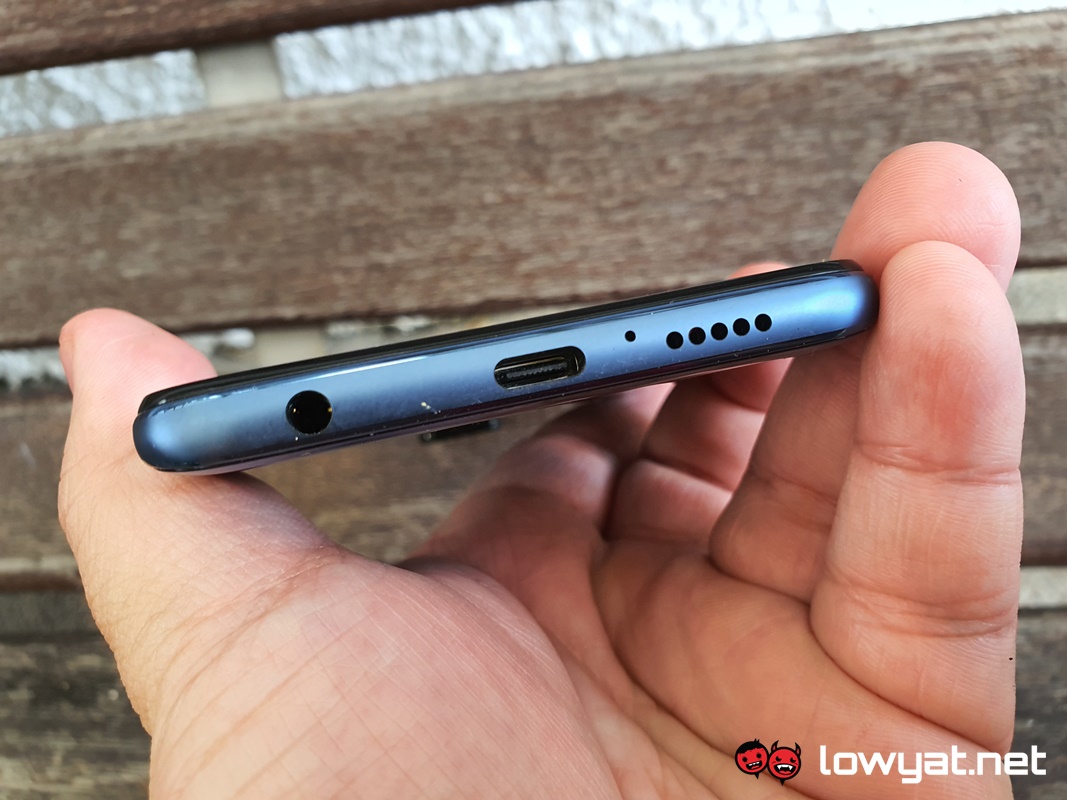
From an aesthetic point of view, it’s not an overstatement to say that the Note 9S and its glossy back will definitely make heads turn. Beyond this, however, there isn’t anything groundbreaking I can tell you about the phone.
As the title suggests, the Note 9S is as fuss-free as smartphones come. There are no additional “special” buttons to be found around the phone. Unless of course, you’re counting the side-mounted fingerprint scanner.
Display feels a little rough around the edges.
If I have to point out one other caveat, it will be the edges of the display. Sure, it’s using Gorilla Glass 5 which is as sturdy as they come for smartphone displays, but it’s clear that Xiaomi may have neglected the rough edges. It’s not an abrasive feeling, but I can definitely feel them whenever I run my thumb or fingers across the ridges.
That aside, the performance of the onboard 8nm Snapdragon 720G SoC isn’t half as bad, especially when it comes to gaming. Playing mobile game titles such as Call of Duty Mobile and Alto’s Odyssey are a seamless experience, with virtually no stuttering or lag of sorts.
That isn’t to say there aren’t any hiccups in that department. While the phone’s non-gaming performance shows is snappy and responsive, there are times when it feels like the phone has hanged on me, when in reality. It was simply taking a slightly longer time to load a section of an app.
Stellar battery life.
The longevity of the Note 9S’ 5020mAh battery is, without a doubt, one of the impressive I’ve experienced to date. A bit of a disclosure; when I began using the phone as my daily driver, I did so while its battery was still at 82% capacity.
In my efforts to abuse and run the battery ragged, I set the phone to run the videos on YouTube, Netflix, and VLC player, the latter with a video of my choosing in loop. It took the phone 15 hours and several minutes before its battery finally descended into single-digit territory.
Using the phone as I typically would – reading documents, playing the odd track on Spotify, on and off gaming, that sort of thing – throughout the day, however, I only needed to charge it just a few hours short of the 3-day mark. Speaking of which, the phone’s 18W fast-charging means that I was able to go from 8% to 50% in just over 35 minutes, while a full charge takes just a little over an hour.
Camera
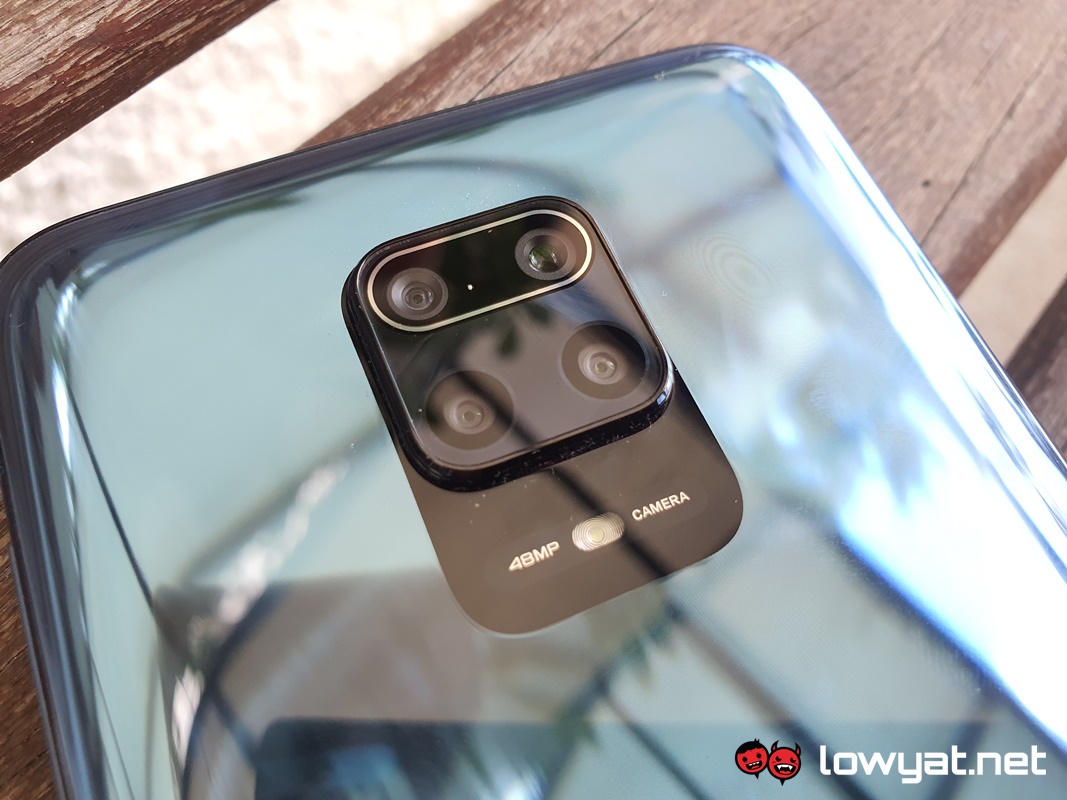
It shouldn’t come as a surprise, but my experience with the Note 9S’ camera has been hampered by the Movement Control Order (MCO), brought about by the ongoing COVID-19 pandemic. To that end, the subjects of my camera are also limited, but as the old adage goes, I made do with what I had and, in this case, what I can take.
To recap, the Note 9S’ main camera module comprises a 48MP main, an 8MP ultra-wide, a 5MP macro lens, and a 2MP depth sensor. Taking photos in full 48MP high resolution churns out exceptionally detailed photo, my main gripe in this mode being the lack of any zoom functions. That also means I find myself having to go up as close as the sensors allow me before it can’t maintain focus in the foreground.
Macro photography is a hit or miss.
On the subject of macro photography, the Redmi 9S isn’t as consistent as I would like it to be in that department. Despite the presence of the macro lens and depth sensor, there are occasions where I find myself struggling to get the phone to lock-on to my subject. When it does work, however, the end results are actually quite stunning.


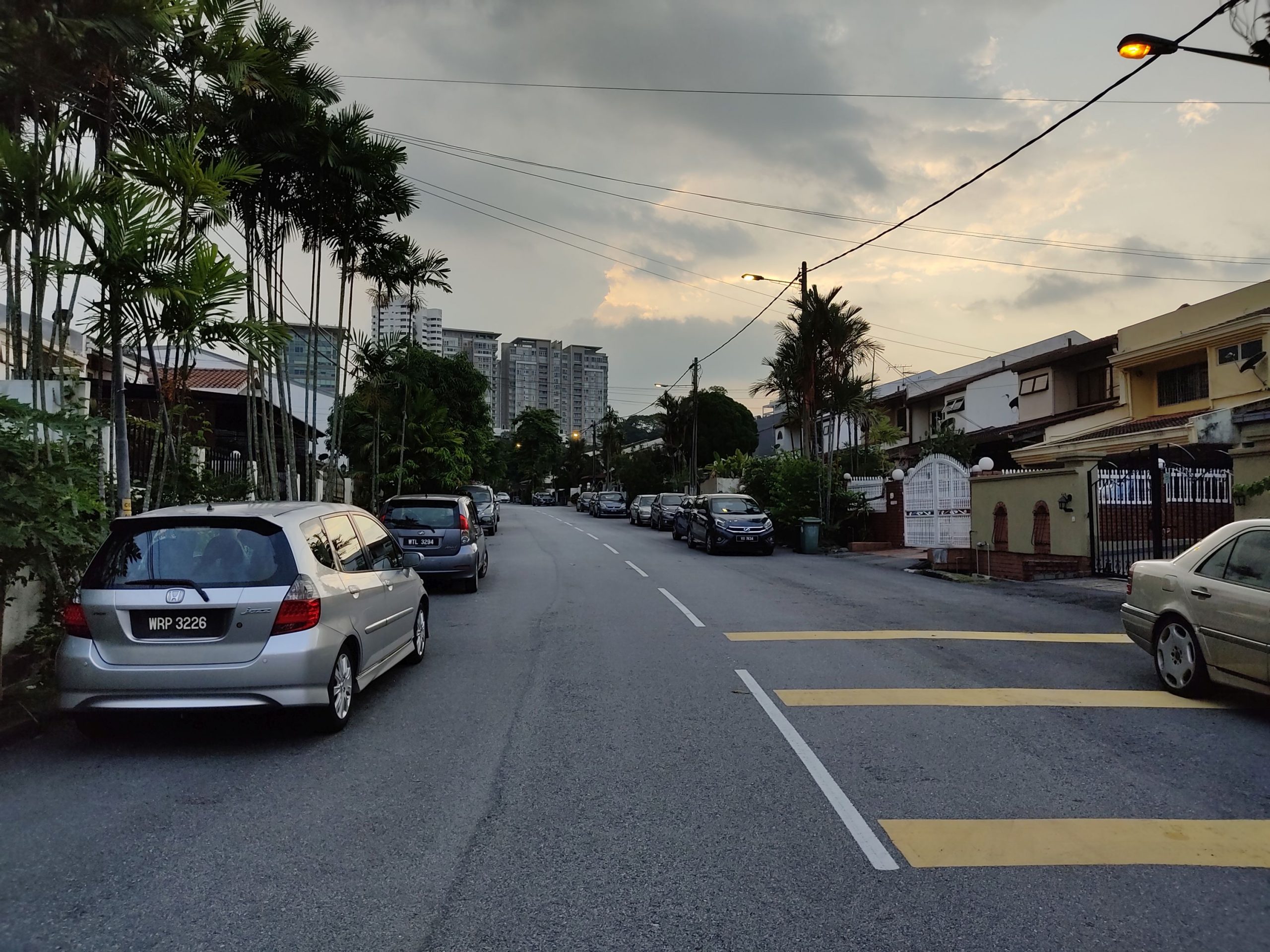
To that end, final images of the Note 9S’ quad-camera tend to come out looking quite bright and lively, with primary colours looking more punchy and bolder than others.
Sample Images
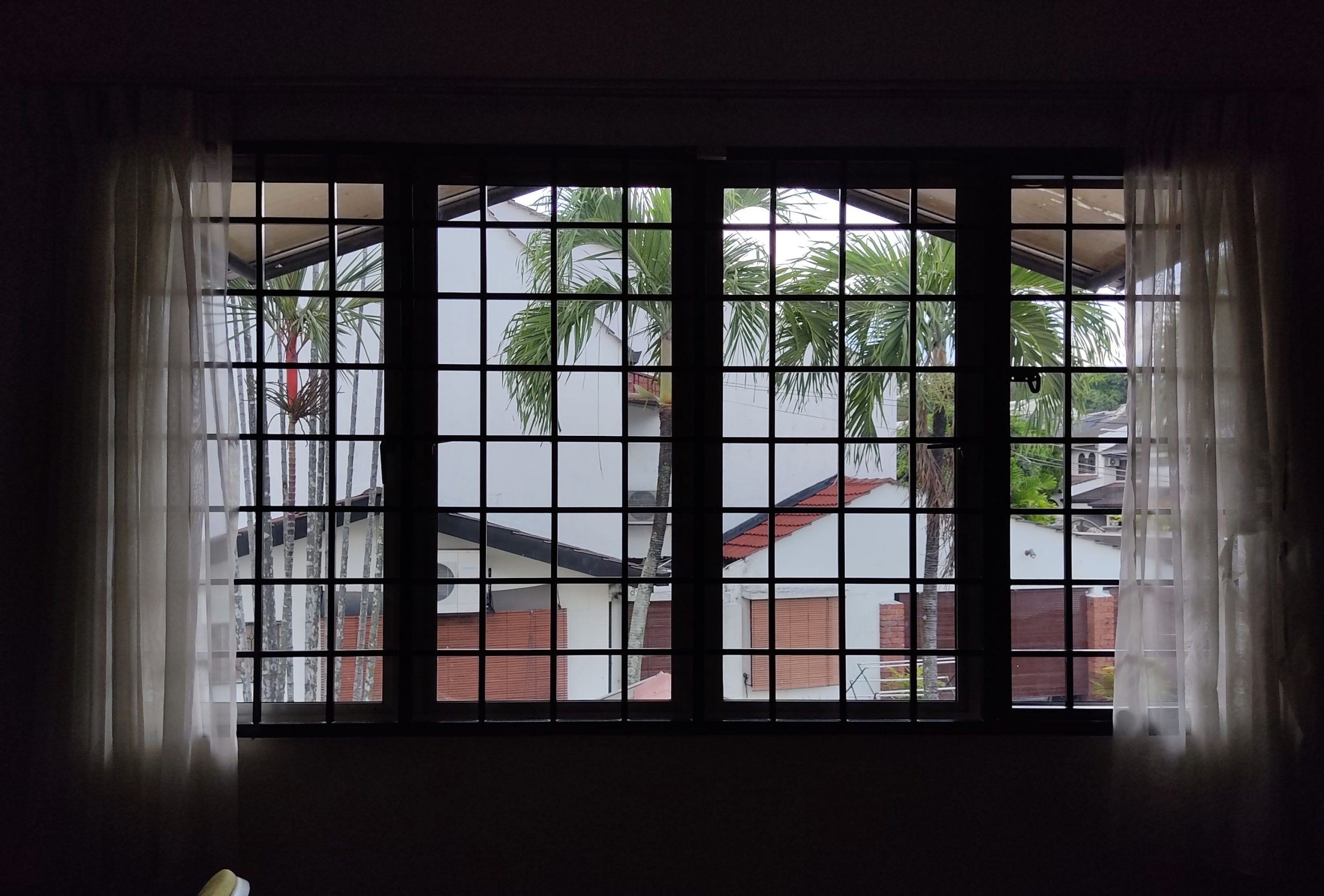

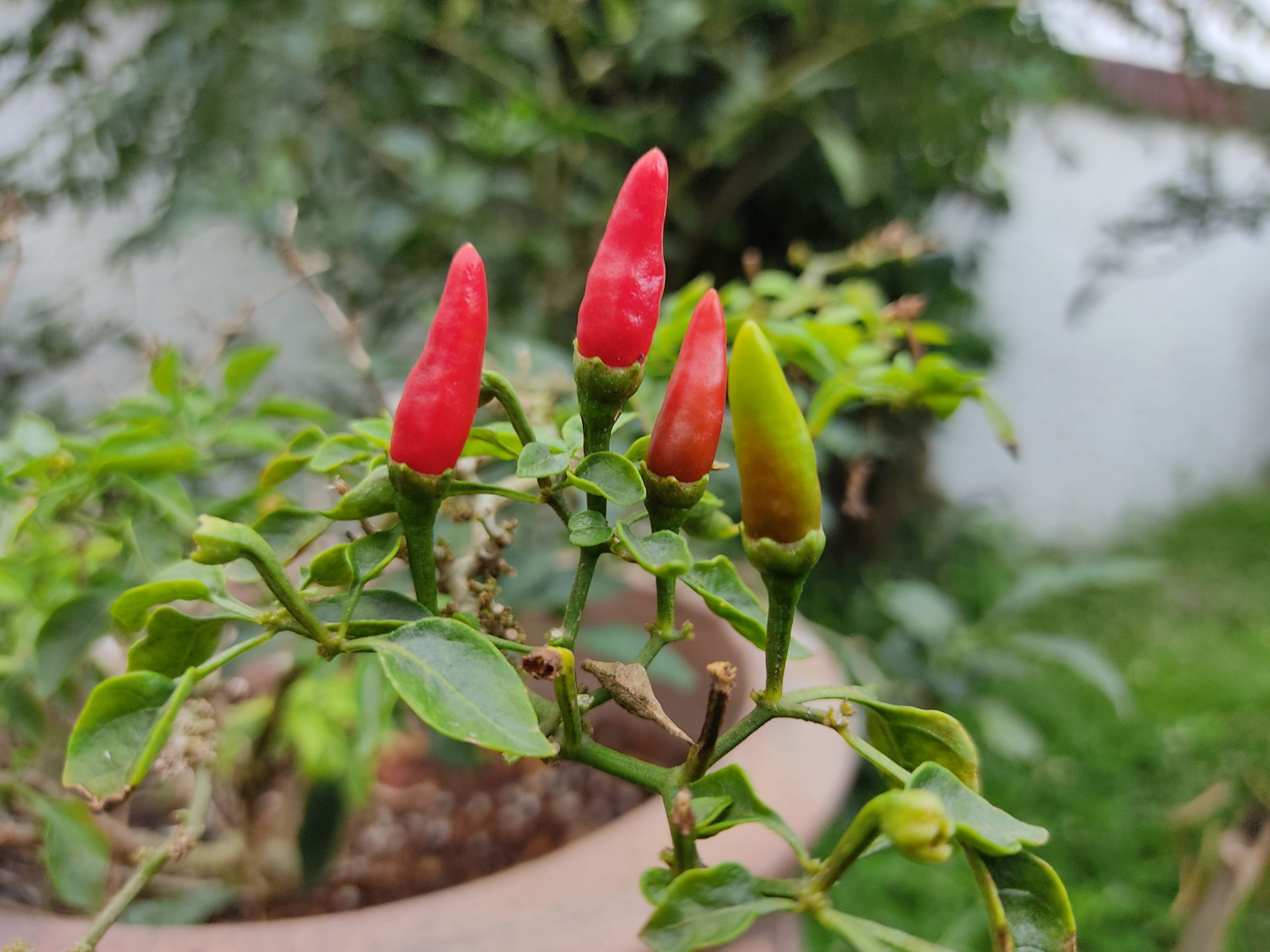


Competition
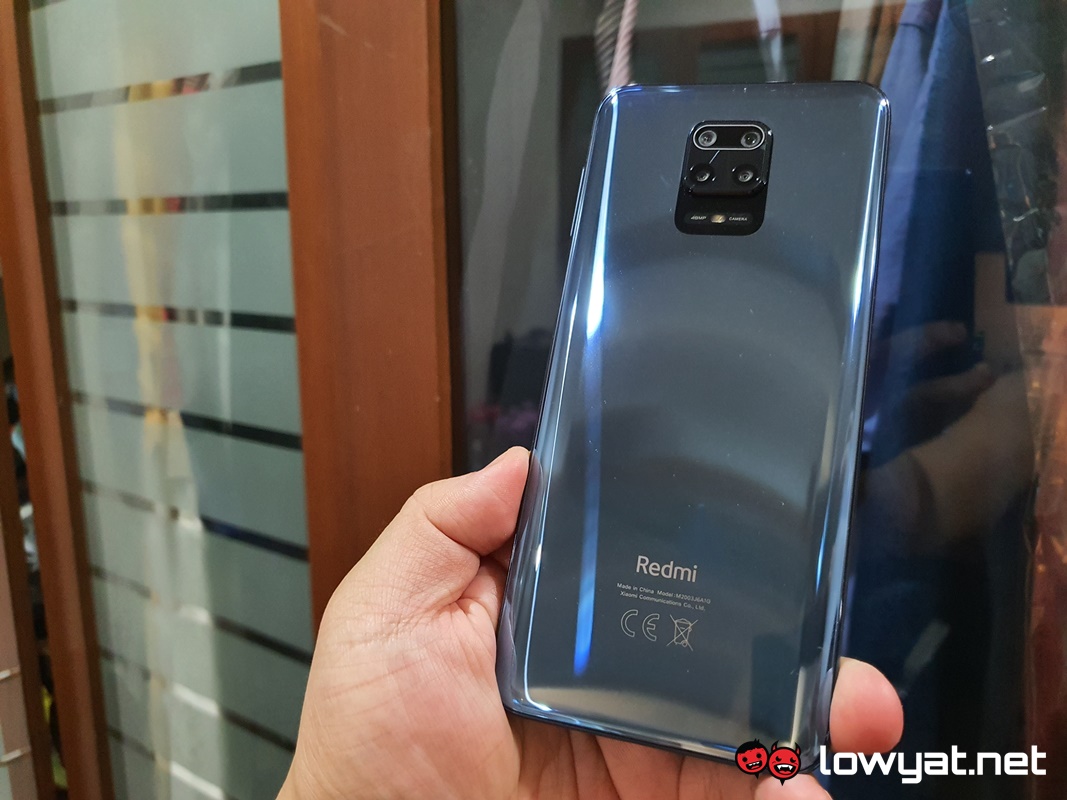
Of course, it goes without saying that one of the Note 9S’ main appeal is its price. Starting at RM799 for the base model, it’s undoubtedly a very enticing option to consumers who are in the market for phones under the RM1000 mark.
Of course, that’s just one option and there are other smartphone brands that fall under the same price range. Here’s a couple of them.
Realme 6i
The Realme 6i jumped onto the scene just a couple of days ago and offers similar specs to the Note 9S. Price-wise, the phone starts from RM699 for the 3GB+64GB variant, while a 4GB+128GB model costs RM899. Instead of a Qualcomm chipset, though, the phone runs on a MediaTek G80 SoC. The downside is that the phone’s 6.5-inch only has HD+ resolution and not Full HD+.
The phone also features a quad-camera main array, comprising a 48MP main shooter, an 8MP wide-angle, a 2MP portrait, and a 2MP macro lens. Also, the phone is powered by a large 5000mAh battery.
HONOR 9X Pro
Yes, the HONOR 9X Pro is a mid-range smartphone that falls under the sub-RM1000 category. Despite its lack of access to Google’s Mobile Service (GMS).
Beneath the hood, the phone runs on Huawei’s own 8nm Kirin 810 SoC, 6GB RAM, and 256GB of expandable storage. The display is slightly smaller at 5.69-inch, but the upside is that it’s free of any notches, the 16MP selfie camera is motorised and hidden at the top of the phone.
Speaking of, the HONOR 9X Pro sports a triple-camera module, comprising 48MP main shooter, an 8MP ultra-wide, and a 2MP depth sensor.
Conclusion
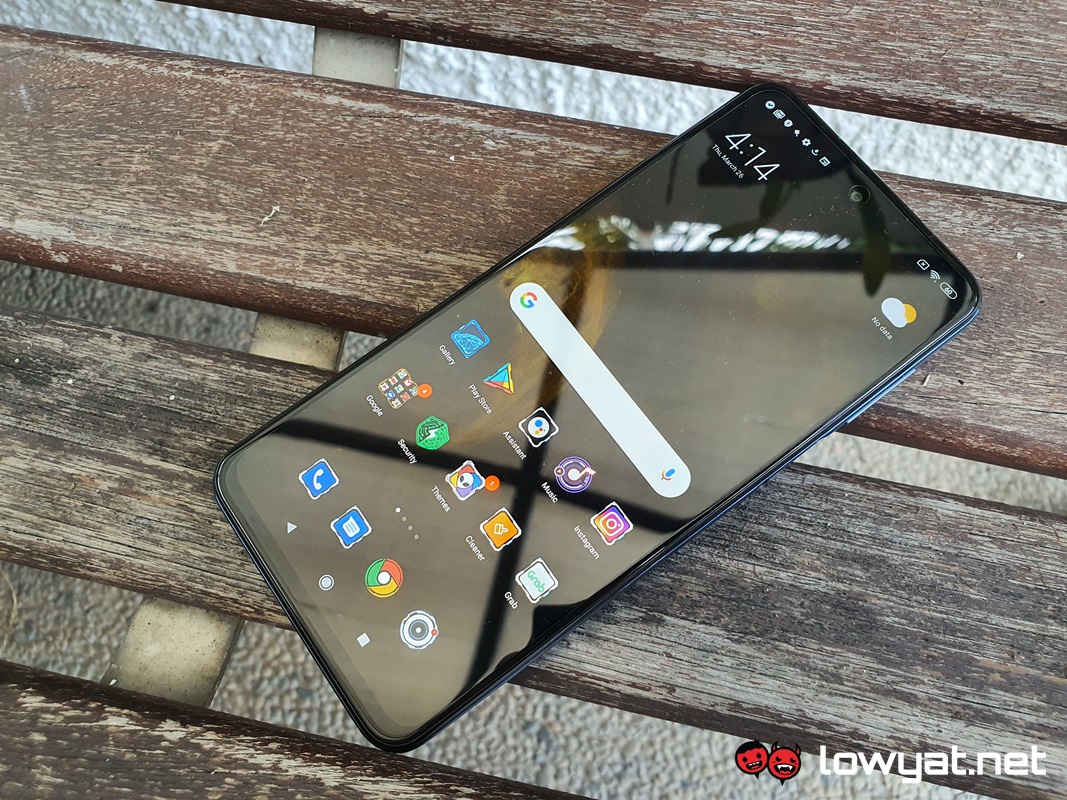
With the Redmi Note 9S, Xiaomi isn’t trying something as bold as reinventing the wheel. What the brand is trying to do, though, is redefined the whole “bang for your buck” concept for smartphones. The phone’s build is solid, as is its main camera system. On top of that, it runs on a new Qualcomm chipset, and its 5020mAh battery has – as my colleague would put it – legs for days and an endurance fit to run a marathon.
You should definitely consider this phone.
And while the 48MP quad-camera isn’t quite as formidable as ones we’ve used on other smartphones, it’s still a very serviceable camera. At a base price of RM699, the Redmi Note 9S is quite possibly one of the better mid-range smartphones I’ve used this year, and not even halfway through it.
Follow us on Instagram, Facebook, Twitter or Telegram for more updates and breaking news.

